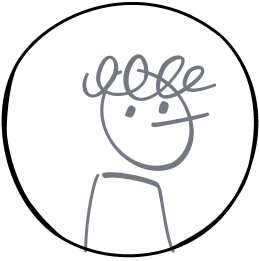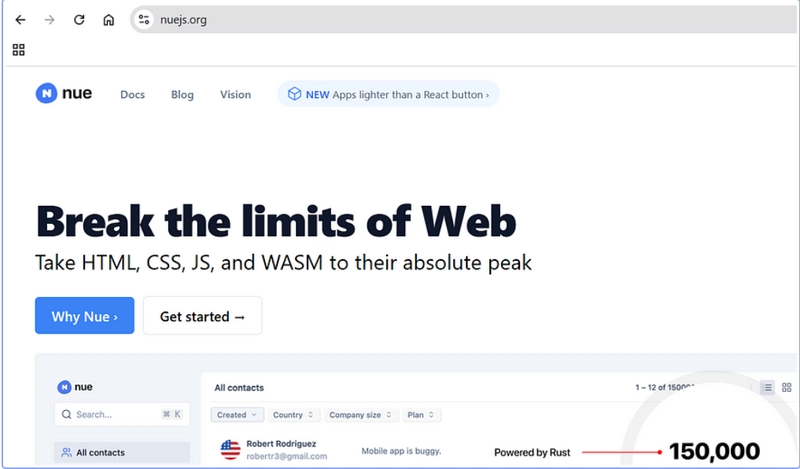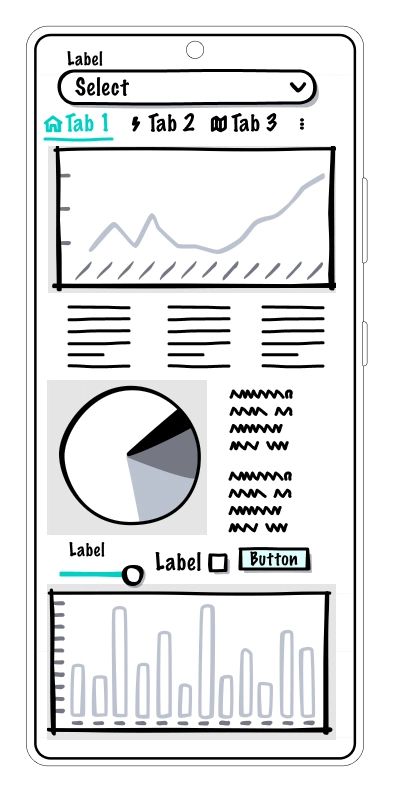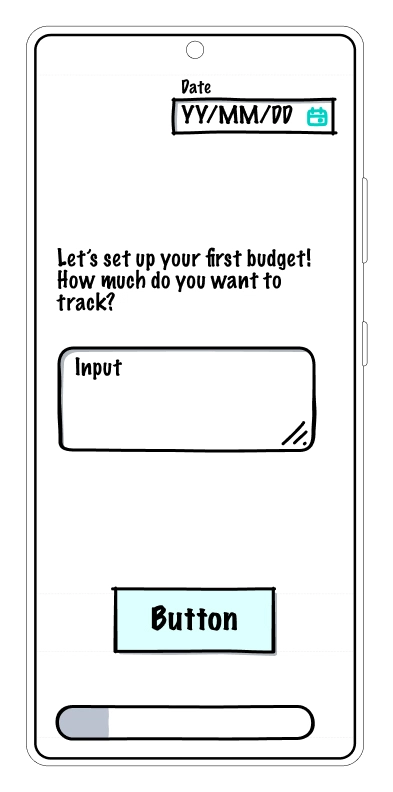Designing for the Mind, Not Just the Screen
How Psychology Shapes UX Design: A Story of Two Apps: Frustration vs. Flow Meet Alex. Alex is looking for a budgeting app to track monthly expenses. After some searching, two options catch his eye: App A and App B. App A: The Overwhelming Nightmare The moment Alex opens App A, he's bombarded with too many options, unclear buttons, and a cluttered dashboard. He struggles to find where to start. The app asks him to input a long list of financial details before he even understands how it works. Frustrated, Alex gives up. He abandons App A within two minutes. App B: The Effortless Experience App B welcomes Alex with a simple, friendly greeting: "Let’s set up your first budget! How much do you want to track?" Instead of dumping everything at once, it guides him step by step—asking one question at a time. The key actions are easy to find, the buttons are large and clear, and there's even a little progress bar to keep him motivated. Alex quickly sets up his budget and feels accomplished. He not only stays but also recommends the app to a friend. What made the difference? Psychology-driven UX design. The Science Behind Great UX Design A well-designed product isn’t just visually appealing—it works with the way people think. Let’s break down the psychology behind these two experiences. 1. Cognitive Load: Why Too Much Information Kills Engagement

How Psychology Shapes UX Design:
A Story of Two Apps: Frustration vs. Flow
Meet Alex.
Alex is looking for a budgeting app to track monthly expenses. After some searching, two options catch his eye: App A and App B.
App A: The Overwhelming Nightmare
The moment Alex opens App A, he's bombarded with too many options, unclear buttons, and a cluttered dashboard. He struggles to find where to start. The app asks him to input a long list of financial details before he even understands how it works.
Frustrated, Alex gives up. He abandons App A within two minutes.
App B: The Effortless Experience
App B welcomes Alex with a simple, friendly greeting: "Let’s set up your first budget! How much do you want to track?"
Instead of dumping everything at once, it guides him step by step—asking one question at a time. The key actions are easy to find, the buttons are large and clear, and there's even a little progress bar to keep him motivated.
Alex quickly sets up his budget and feels accomplished. He not only stays but also recommends the app to a friend.
What made the difference? Psychology-driven UX design.
The Science Behind Great UX Design
A well-designed product isn’t just visually appealing—it works with the way people think. Let’s break down the psychology behind these two experiences.
1. Cognitive Load: Why Too Much Information Kills Engagement











































































































































































![[The AI Show Episode 142]: ChatGPT’s New Image Generator, Studio Ghibli Craze and Backlash, Gemini 2.5, OpenAI Academy, 4o Updates, Vibe Marketing & xAI Acquires X](https://www.marketingaiinstitute.com/hubfs/ep%20142%20cover.png)




























































































































![[DEALS] The Premium Learn to Code Certification Bundle (97% off) & Other Deals Up To 98% Off – Offers End Soon!](https://www.javacodegeeks.com/wp-content/uploads/2012/12/jcg-logo.jpg)


![From drop-out to software architect with Jason Lengstorf [Podcast #167]](https://cdn.hashnode.com/res/hashnode/image/upload/v1743796461357/f3d19cd7-e6f5-4d7c-8bfc-eb974bc8da68.png?#)








































































































.png?#)


































_Christophe_Coat_Alamy.jpg?#)
.webp?#)
 (1).webp?#)






































































































![Apple Considers Delaying Smart Home Hub Until 2026 [Gurman]](https://www.iclarified.com/images/news/96946/96946/96946-640.jpg)
![iPhone 17 Pro Won't Feature Two-Toned Back [Gurman]](https://www.iclarified.com/images/news/96944/96944/96944-640.jpg)
![Tariffs Threaten Apple's $999 iPhone Price Point in the U.S. [Gurman]](https://www.iclarified.com/images/news/96943/96943/96943-640.jpg)



































































































































